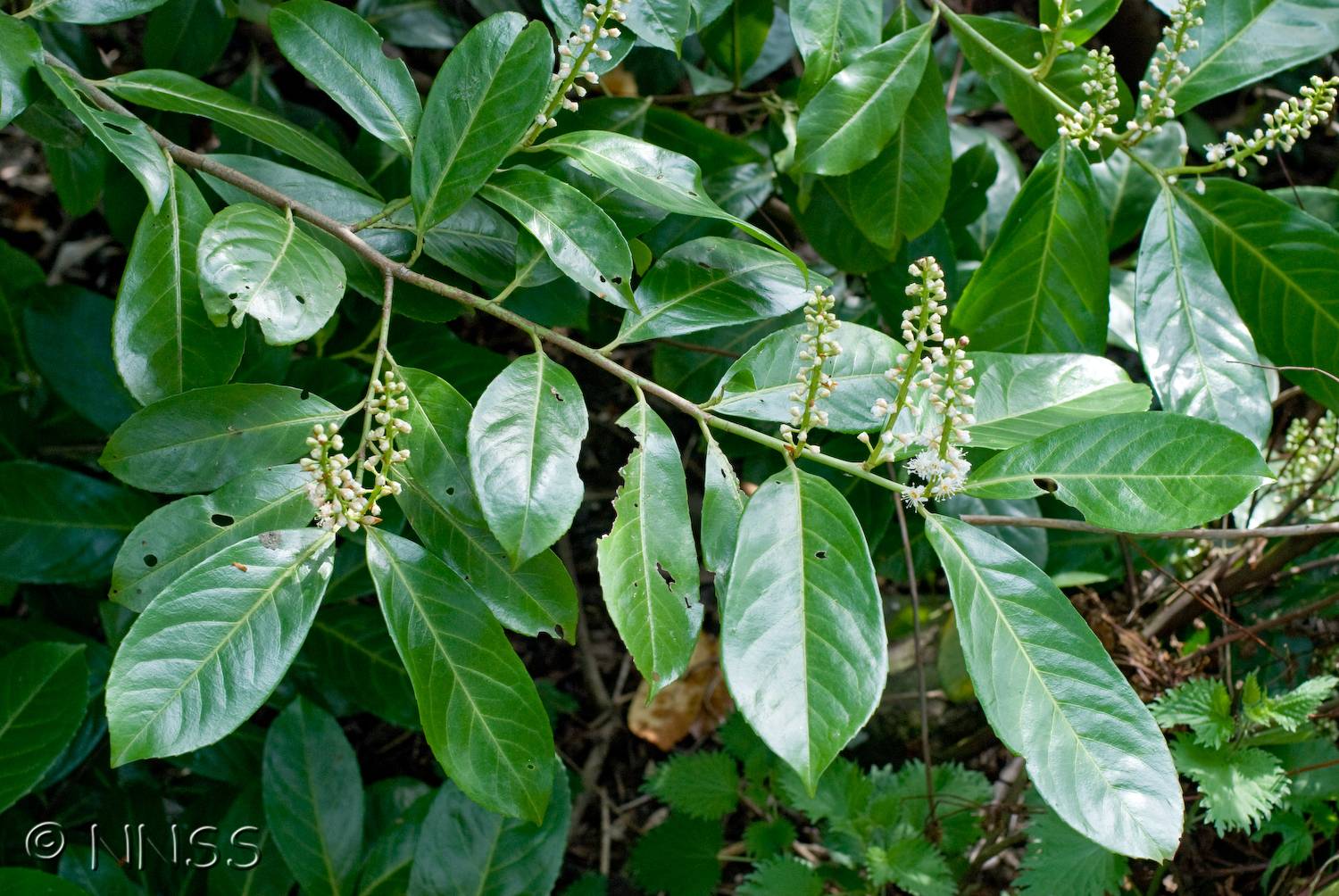
Cherry Laurel - Prunus laurocerasus
Expand and collapse the sections below by clicking on the title or + / - icons.
Short description of Prunus laurocerasus, Cherry Laurel
A large shrub or small tree with leathery, glossy, oblong, evergreen leaves, and with erect racemes of white flowers that give rise to black cherry-like fruits.
Impact summary: Prunus laurocerasus, Cherry Laurel
Cherry laurel spreads aggressively in the shrub layer of woodland, casting a dense shade that excludes other plants.
Habitat summary: Prunus laurocerasus, Cherry Laurel
Woodland and scrub.
Overview table
| Environment | Terrestrial |
|---|---|
| Species status | Non-Native |
| Native range | Southeastern Europe, Caucasus, Western Asia, Iran, Turkey |
| Functional type | Land plant |
| Status in England | Non-Native |
| Status in Scotland | Non-Native |
| Status in Wales | Non-Native |
| Location of first record | v.c.23 |
| Date of first record | 1886 |
Origin
Native to the Balkan region of southeast Europe and western Asia.
First Record
Planted in GB by the early 17th century, recorded in the wild by 1886.
Pathway and Method
Widely planted for screening, hedging and game cover. Spreads by layering from where is has been planted, to form dense stands. Also produces abundant fruit, which can be dispersed by birds. Still available as a hedging plant and various cultivars as garden ornamentals.
Species Status
Naturalised throughout GB. Recorded 10km squares in GB increased from 440 between 1970 and 1986 to 1514 from 1987 to 1999. The recorded number of 10km squares for all date classes up to 2010 is 1882.
Dispersal Mechanisms
The fruits are eaten by birds and the seeds dispersed in their droppings.
Reproduction
The flowers are bisexual and insect pollinated, they give rise to single-seeded fruits (drupes). Cherry Laurel can also reproduce vegetatively by layering, leading to the expansion of existing patches.
Known Predators/Herbivores
None known - the leaves are toxic and avoided by herbivores.
Resistant Stages
The seeds germinate in spring, after a period of cold stratification. The seed longevity is not known.
Habitat Occupied in GB
Woodland, hedges and scrub.
Throughout GB, though with a southern tendency. Most of England south of the River Tees, west Wales and the Central Lowlands of Scotland.
Environmental Impact
It can be invasive in the shrub layer of woodland, it is shade tolerant, but itself casts a dense shade that excludes other species from both the shrub and field layers, and ultimately prevents the regeneration of canopy trees.
Health and Social Impact
None known.
Economic Impact
Cherry Laurel is already widely naturalised, but it is arguably unwise to continue to replace ‘traditional’ field hedges with laurel, or any other exotic species, as the countryside becomes ‘suburbanised’.
Identification
Stace, C.A. (2010) New flora of the British Isles, Third Edition, Cambridge University Press, Cambridge.
Biology, ecology, spread, vectors
Botanical Society of the British Isles (2011) Vascular Plant Atlas Update Project http://www.bsbimaps.org.uk/atlas/ [March 2011].
Wild About Gardens. http://www.wildaboutgardens.org/plants/tree/prunus-laurocerasus.aspx [March 2011]
Management and impact
Woodland Trust. Specification no: 4.6 Herbicide control of rhododendron & laurel http://frontpage.woodland-trust.org.uk/communitywoodlandnetwork/publications/documents/Spec%204-06.pdf [March 2011].
General
Bean, W.J. (1976) Trees and Shrubs Hardy in the British Isles, 8th edn., Vol III. John Murray, London.
Ecological Flora of the British Isles http://www.ecoflora.co.uk/search_species2.php?plant_no=800350210 [March 2011]
Spotted this species?
Distribution map
View the Distribution map for Cherry Laurel, Prunus laurocerasus from BSBI

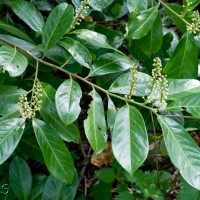
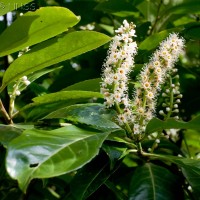
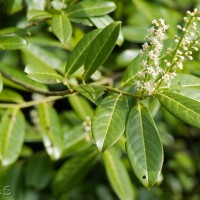
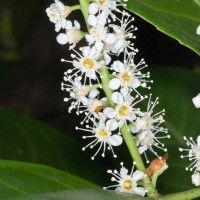
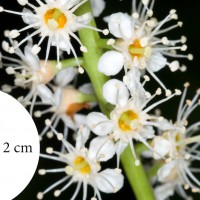
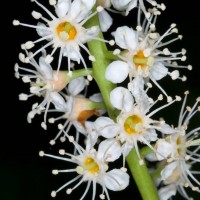
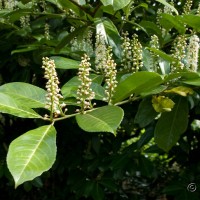
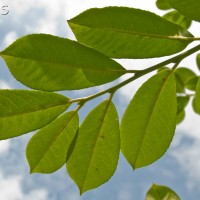
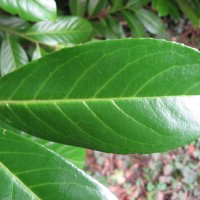
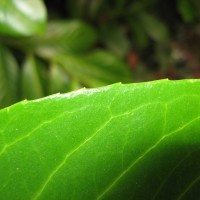
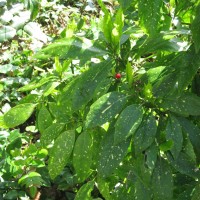
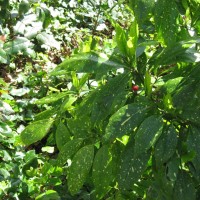
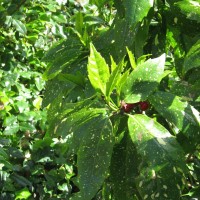
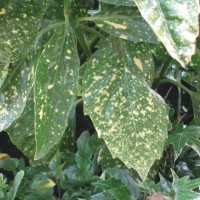
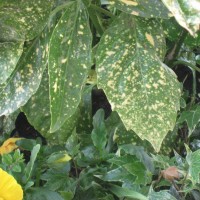
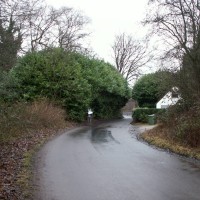
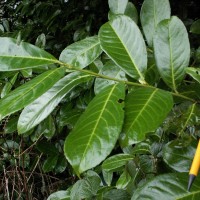
 2 AJ__FillMaxWzIwMCwyMDBd.jpg)
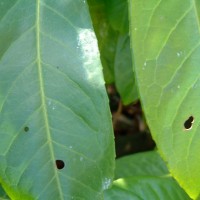
 AJ__FillMaxWzIwMCwyMDBd.jpg)